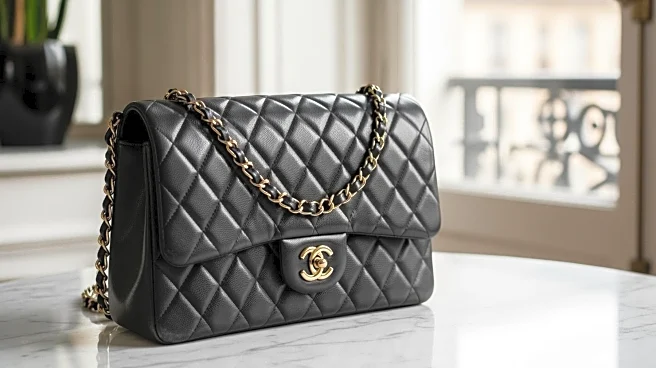What's Happening?
The resale market for luxury goods is rapidly expanding, with forecasts predicting it could reach $360 billion by 2030. This growth is outpacing the primary market for fashion and luxury items, driven
by changing consumer preferences, particularly among Gen Z and millennials. These groups have reduced spending on new luxury goods due to high prices and economic pressures, turning instead to the secondhand market for bargains. Luxury brands are responding in varied ways: Chanel is litigating to set rules for secondary-market engagement, while Rolex is establishing certified pre-owned pathways to ensure authenticity. The approaches differ by category, with handbags focusing on resale rules and watches emphasizing certification.
Why It's Important?
The expansion of the resale market poses challenges and opportunities for luxury brands. On one hand, it threatens to undermine pricing power and brand control, as consumers increasingly opt for secondhand purchases. On the other hand, it offers a chance for brands to engage with a broader audience and reinforce their commitment to authenticity and quality. Brands that successfully navigate this landscape can maintain their narrative and pricing power, while those that fail may lose market share to the gravitational pull of the resale market. The situation highlights the need for strategic adaptation in the luxury sector, as brands balance enforcement against counterfeits with the potential benefits of a controlled resale environment.
What's Next?
Luxury brands are likely to implement more serialization and digital product passports to tighten provenance and authenticity. There may be increased collaboration between brands and resale platforms to share data and inform product strategies. Legal actions could become more targeted, focusing on improper authentication and implied affiliation by marketplaces. While most fashion houses may not operate resale at scale due to operational challenges, they will likely continue to prosecute counterfeits and set guardrails for brand representation in secondary channels. The brands that manage to control authenticity and narrative without losing pricing power will emerge as winners in this evolving market.











